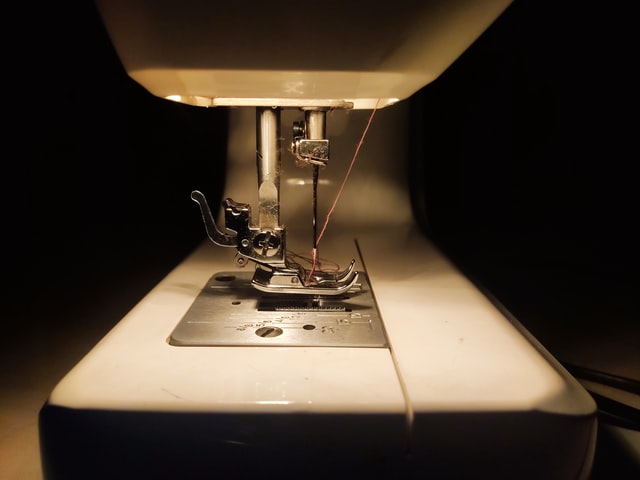If you’re looking to get your embroidered logo digitized, then we can help. We’ve been doing this for over 20 years, so we know how to create a logo that can be stitched onto clothing and other products.
Why is logo digitization needed?
- What is digitization?
The term “digitizing” refers to the process of converting your logo design into a format that can be used to print on garments. This includes converting any lines or text from vector files (e.g., .ai, .eps) into stitches, which are then converted into instructions for the embroidery machine. There are various types of stitches in digitizing an embroidery design you must learn first.
What are the different types of embroidery stitches and when to use them?
Stitches are the portion of an embroidery design that actually gets stitched. The type of stitch you use will depend on what you’re trying to accomplish and what kind of fabric you’re using.
Here are some common types of stitches:
- Outline (straight) stitches: These create outlines for areas in your design that don’t have other types of embellishment or texture. They’re also used for borders, outlines and lettering. These stitches should be single-stranded thread—you can use either polyester or cotton depending on the look you want to achieve and which thread works best with your machine’s needle plate size.
Use this type when making detailed designs such as written text, logos or small images like flowers or bees—or if there are elements in your design that require a straight line between two points (like borders). If there aren’t any curved lines in your logo, this is usually the best option because it creates clean lines without adding extra bulkiness around those spaces between letters/words/etc., which can make them harder to read (or even impossible). It’s also good for stitching out images where each pixel has its own defined shape but isn’t too large — like graphics from computer programs like Adobe Photoshop CC 2019!
We have everything you need for your logo digitization for embroidery.
Did you know that we have everything you need for your logo digitization for embroidery? We can digitize your logo for embroidery. You can digitize your logo for embroidery.
Digitizing is the process of converting artwork or other file formats into machine-readable code. In essence, it’s creating a file that machines (like sewing machines) recognize and can use to stitch out text or images on fabric. There are three main steps:
- Importing – this step imports an image from a source such as your computer or tablet into our system using our software;
- Cleaning up – this step cleans up the imported file so that it is properly formatted;
- Outputting – this final step outputs the cleaned-up image as a readable file that goes directly to your sewing machine!
Conclusion
Don’t be afraid to ask questions. We are here to provide you with answers. This is a very important decision and we want to ensure that you have all of the information that you need.


